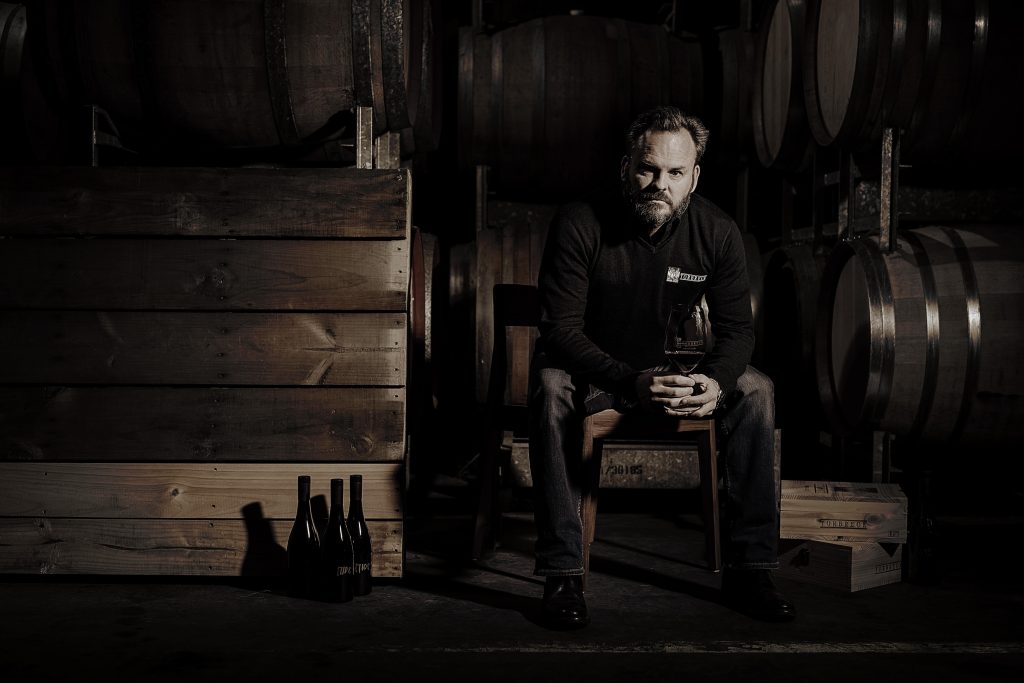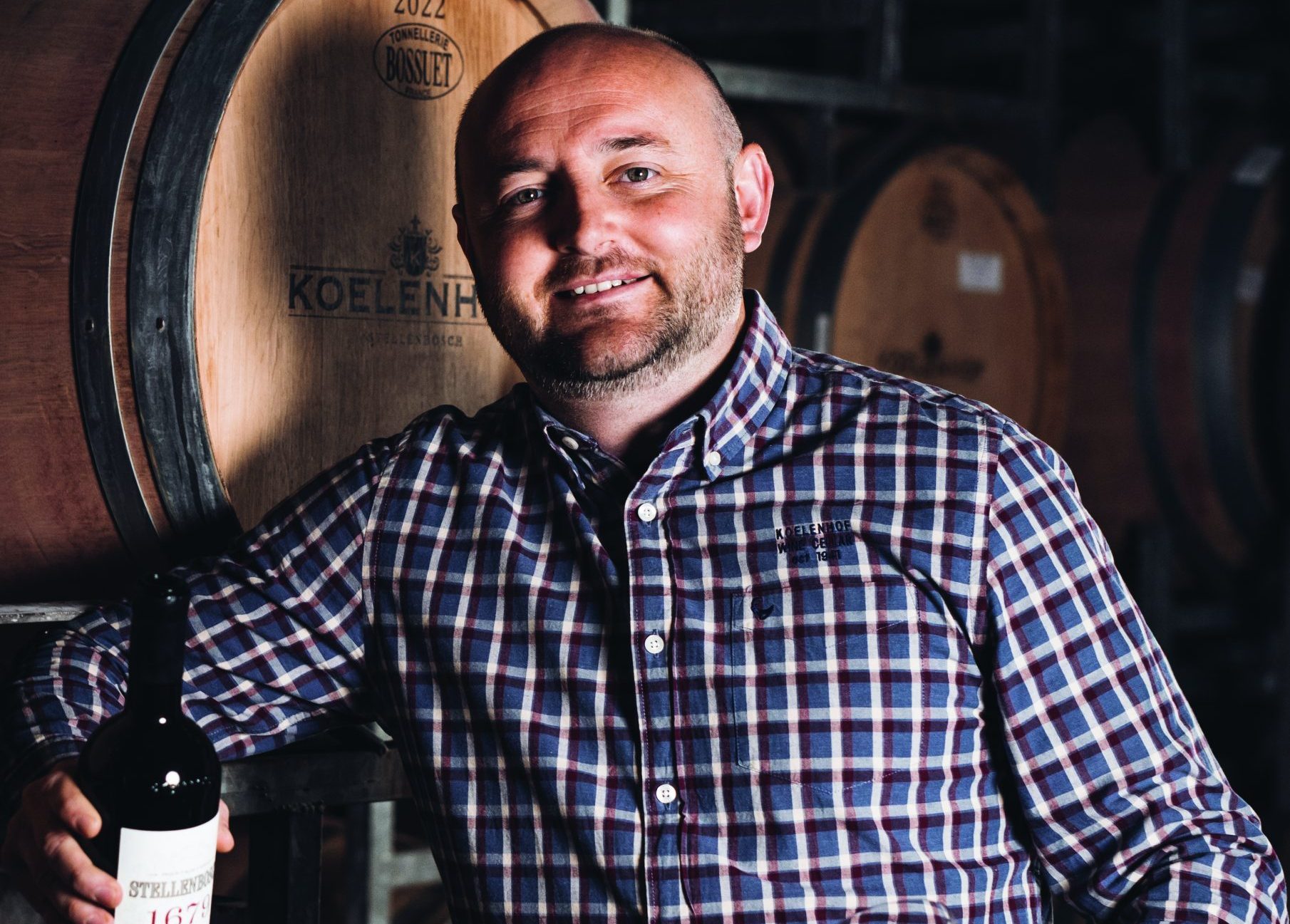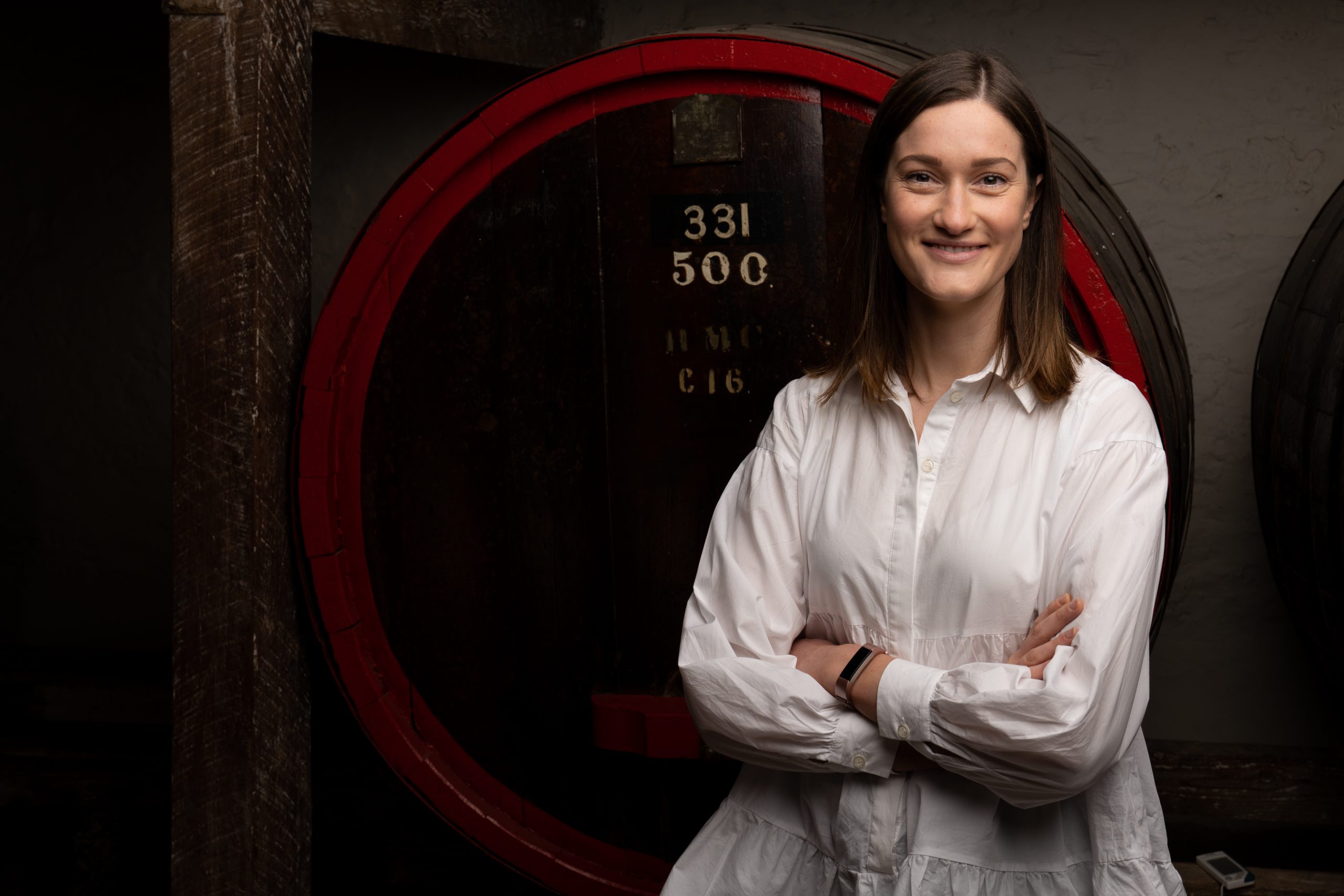This website uses cookies so that we can provide you with the best user experience possible. Cookie information is stored in your browser and performs functions such as recognising you when you return to our website and helping our team to understand which sections of the website you find most interesting and useful.
Old vines, new thinking: Torbreck at 30
By Richard WoodardIt’s 30 years since cult winery Torbreck was established in the Barossa – and plenty has changed in that time, from ownership to viticulture and winemaking. Through it all, however, the central ethos of expressing the quality of some of the oldest vines on the planet remains. Richard Woodard reports.

“We make warm-climate, rich, 15% alcohol Barossa Shiraz with a cork in it. It goes against everything that should be working, but it is working. We have more loyal customers than five or 10 years ago.”
If you detect a hint of wry defiance in the voice of Torbreck chief winemaker and general manager Ian Hongell, you might conclude that very little has changed at this highly-acclaimed Barossa producer since it was established in 1994. But you’d be very much mistaken.
Those three decades have provided the proverbial rollercoaster ride: the early success under Dave and Christine Powell as only the second vintage of RunRig (1996) was acclaimed by The Wine Advocate in 1999; the breakdown of the Powells’ marriage in the early 2000s that led to Torbreck being placed in receivership; American businessman Pete Kight buying Torbreck in 2008; Dave Powell’s acrimonious and very public exit from the business in 2013.
More than a decade on from that unsavoury episode, a new Torbreck era is now firmly established. Hongell joined as winemaker in 2017 after spending 18 years at Peter Lehmann, following viticulturist Nigel Blieschke, who had made the same move two years before. There’s plenty to be said about the changes the pair have wrought since then, but the most obvious fruit of their labours comes in the form of a new Torbreck wine: The Forebear.
Launching with the drought-hit 2019 vintage, The Forebear is the culmination of a near decade-long transformation of 12 rows of tangled, neglected Shiraz vines in Torbreck’s flagship Hillside Vineyard, located at Lyndoch in the southwestern corner of the Barossa.
This venerable parcel was planted by the founding Springbett family in around 1850, alongside a house and a small winery. By the time that Blieschke arrived in 2015, however, the vines were an utter mess.
“It’s been a 10-year journey,” says Hongell. “We started resurrecting the vines, but it was a lot of work. We weren’t getting a great wine out of those vines because they weren’t getting the love. But then we started getting it back into balance and, by 2017-18-19, we said we think we’re there.”

“There” was, in the beginning, an unknowable destination. “We weren’t quite sure what we would do with it,” admits Hongell. “First thing, we knew it was really old. So number one, let’s honour that and look after that. It’s in our DNA that that’s what we should have done. Then, progressively, we watched the site improve … for Nigel, it was a pride project.”
As inaugural vintages go, 2019 is a toughie – a proper drought year, with no rain in the Barossa for 306 consecutive days, hammering yields as a result. In that context, The Forebear’s lifted aromatics, red fruit character and faintly herbal edge are something of a revelation – which Hongell attributes to the parcel’s location at the bottom of the hill, with deeper soils and – he thinks – higher levels of natural subsoil moisture.
It offers a contrast to RunRig in more ways than one, given the latter’s thinner, top-of-the-slope soils and the fact that it combines fruit from six vineyards – three Torbreck’s own, three owned by growers. Where RunRig is an exercise in building complexity through blending, The Forebear is the ultimate expression of origin, and vine age.
It’s also an exception, because for all the changes over the past 10 years, Torbreck is not a restless innovator in terms of making more wine. Hongell reckons the winery hasn’t bought a single new tank since he joined the business, with the focus squarely on taking what already exists – and improving on it.
Partner Content
One of the biggest changes has been the introduction of temperature control to the cellars – previously, Hongell says, maturing wines were not maintained “at an acceptable temperature” – but developments in the vineyard have been a slower, and continuing, process of gradual improvement.
Hongell ticks off a list of “significant” shifts: the elimination of synthetic inputs, pruning changes, soil management, a move to minimal or no till from the “old-school, till and burn mindset”, a deeper understanding of water management and the use of tens of thousands of cubic metres of compost. “Changing a vineyard or changing the soil is really slow, and it’s every year doing a little bit more,” he says.
The attention to detail extends into the winery, with a greater emphasis on fine-grained French oak and less of the “more impactful, showy” maturation philosophy of the past. Even the corks are selected with painstaking care (and no little expense).
Less tangibly, Hongell sums up what he saw as his mission on joining Torbreck – “wanting to hang on to the things that make the wines ‘Torbreckian’, [and] trying to make things better”. That meant achieving consistency of quality throughout the winery’s considerable range, then looking for the individual quality of each wine: “Where can we take the fruit and what is the best fit for the wine and the vineyard? It’s really understanding each site.”

It’s an ongoing process, most obviously in the introduction of new Rhône-inspired grape varieties to the Torbreck vineyards, such as Carignan (“different fruit profile”) and Counoise (“salt-and-pepper spice”) for the reds; and Clairette (“for the greenness of it – lots of Barossa whites have yellow fruit”) plus Grenache Blanc (“power and complexity”) for the whites.
But also in terms of the lessons that each new harvest brings. “Every year is a year less I’ve got to get it right,” says Hongell, now a veteran of 36 vintages. “Looking at the old fellows, learning from their mistakes and trying to do the right thing … Every year you finish vintage and you’re always thinking about what you can do next year.”
The promise of ‘new’ grape varieties raises the spectre of climate change, but Hongell – while not denying its reality – doesn’t want it to be a distraction. “I don’t believe I need to change varieties or rootstocks [because of climate change],” he insists. “These things have always happened – it’s hard.”
Hard indeed. At a time when growers in the Barossa and beyond are facing arguably the toughest business environment in a generation – falling wine consumption, plummeting grape prices, contracts cancelled – difficult growing conditions are only adding to a toxic mix.
Torbreck has, says Hongell, maintained its prices to growers, but he admits that others in the region have been more “opportunistic” – a reminder that, even if vines have been growing in this part of South Australia for almost 175 years, farming remains a fragile, sometimes brutal way to make a living.
“Some people want to romanticise it,” says Hongell. “To which I’d say: ‘You’re idiots.’ It’s f**king hard. If you wake up one day and decide you want to make wine, understand what you’re up against. Everyone’s your friend until it’s time to make a deal.” And that hasn’t changed – not since Torbreck was established 30 years ago, and not since The Forebear’s vines went into the ground in the mid-19th century.
Torbreck’s 2023 release programme covers a number of wines from the 2021 and 2022 vintages, including RunRig 2021, plus The Laird 2019 and The Forebear 2019. More details available from UK importer Fells
Related news
Master Winemaker 100: David Landini
iDealwine hails strong year as it anticipates 2025 opening of New York office
Hawke's Bay rebounds with 'exceptional vintage' after cyclone





